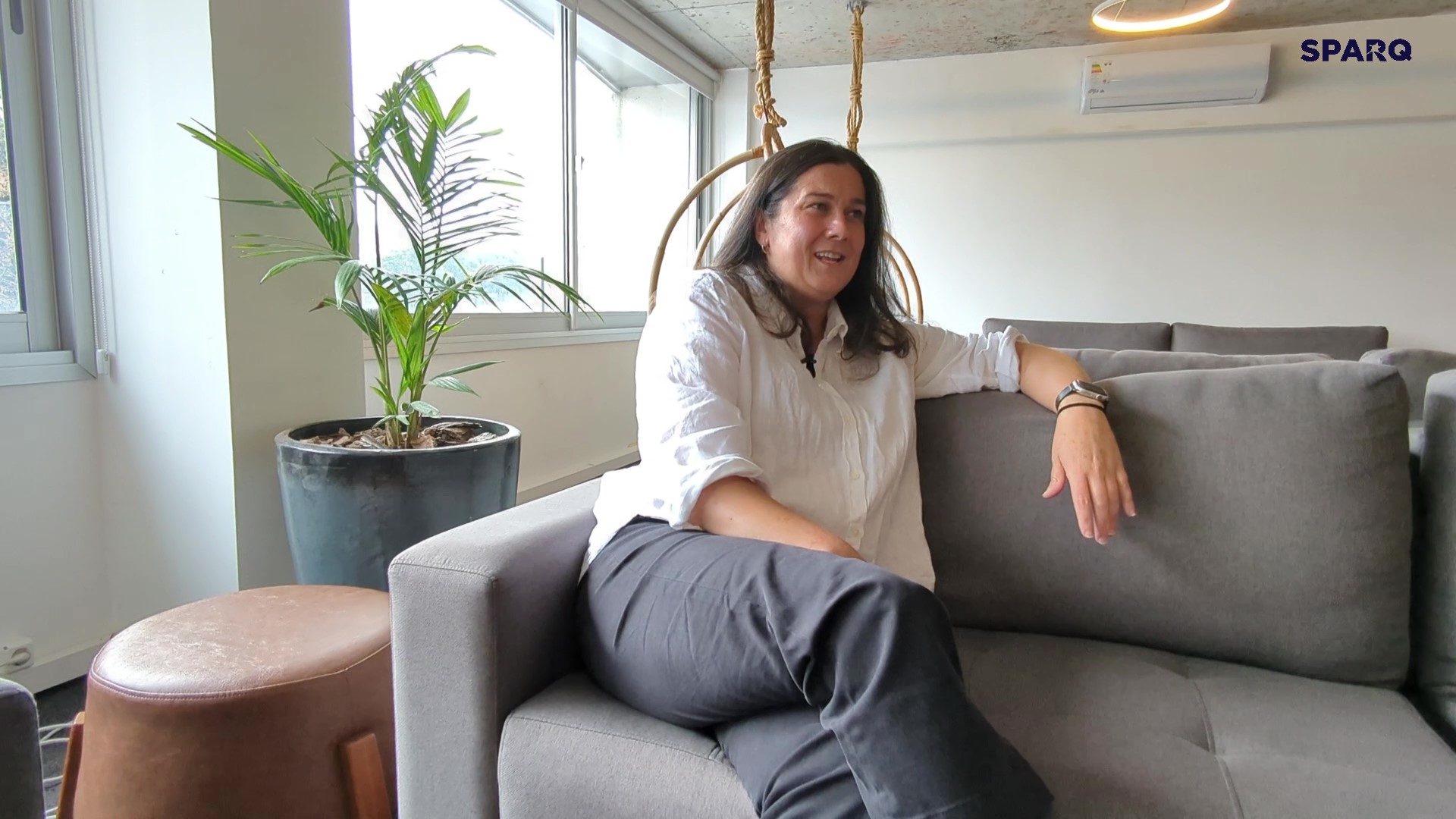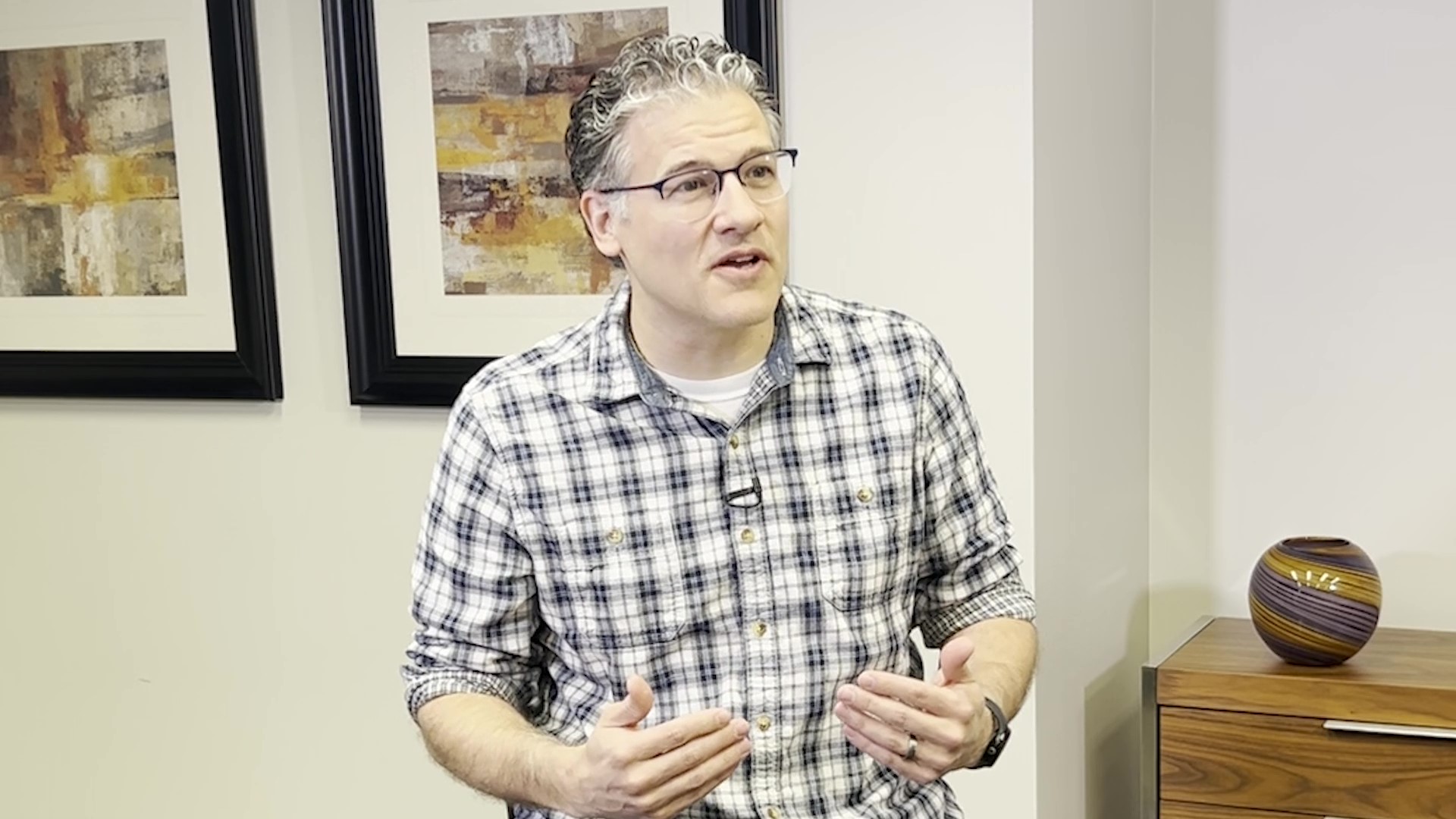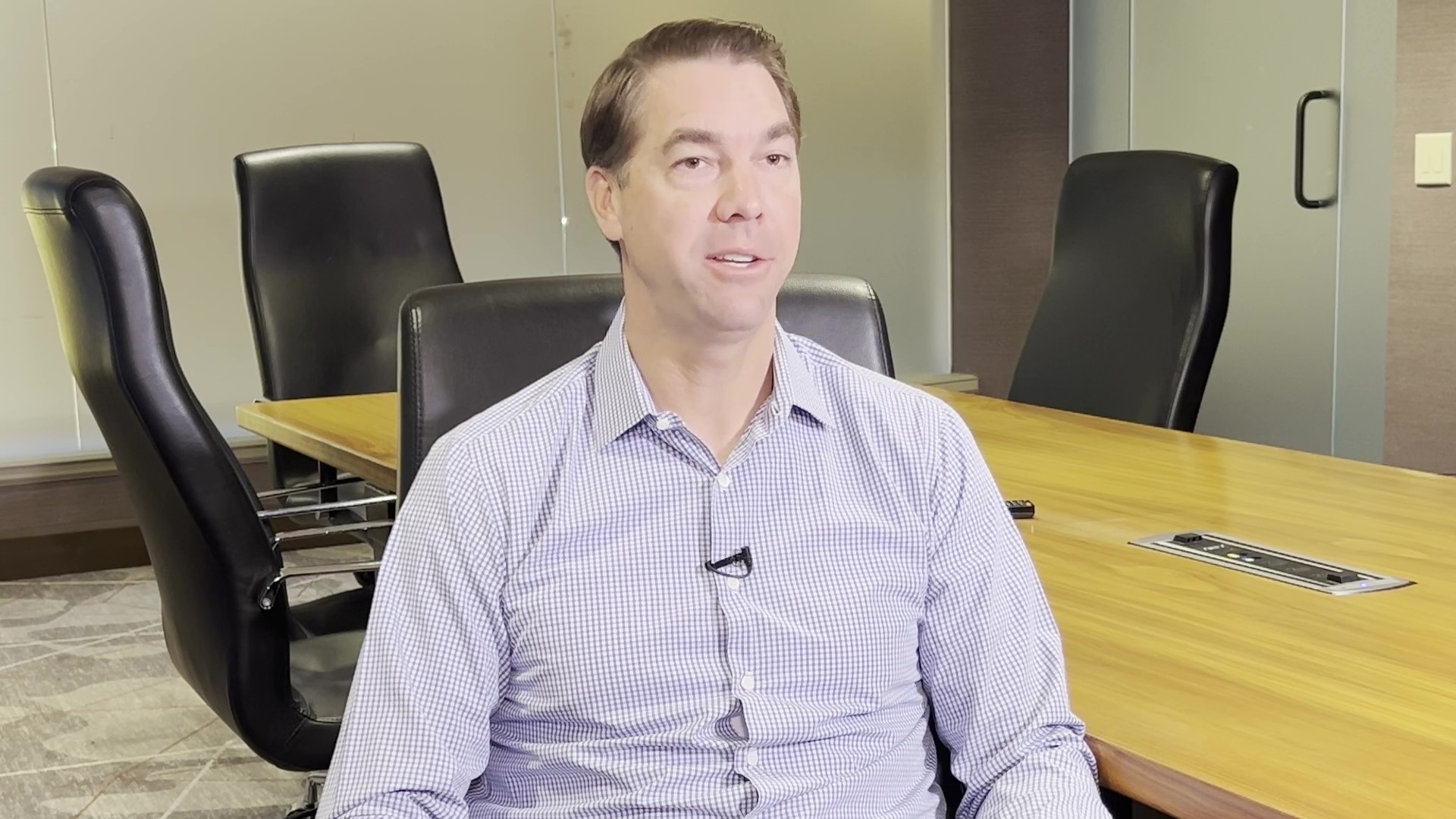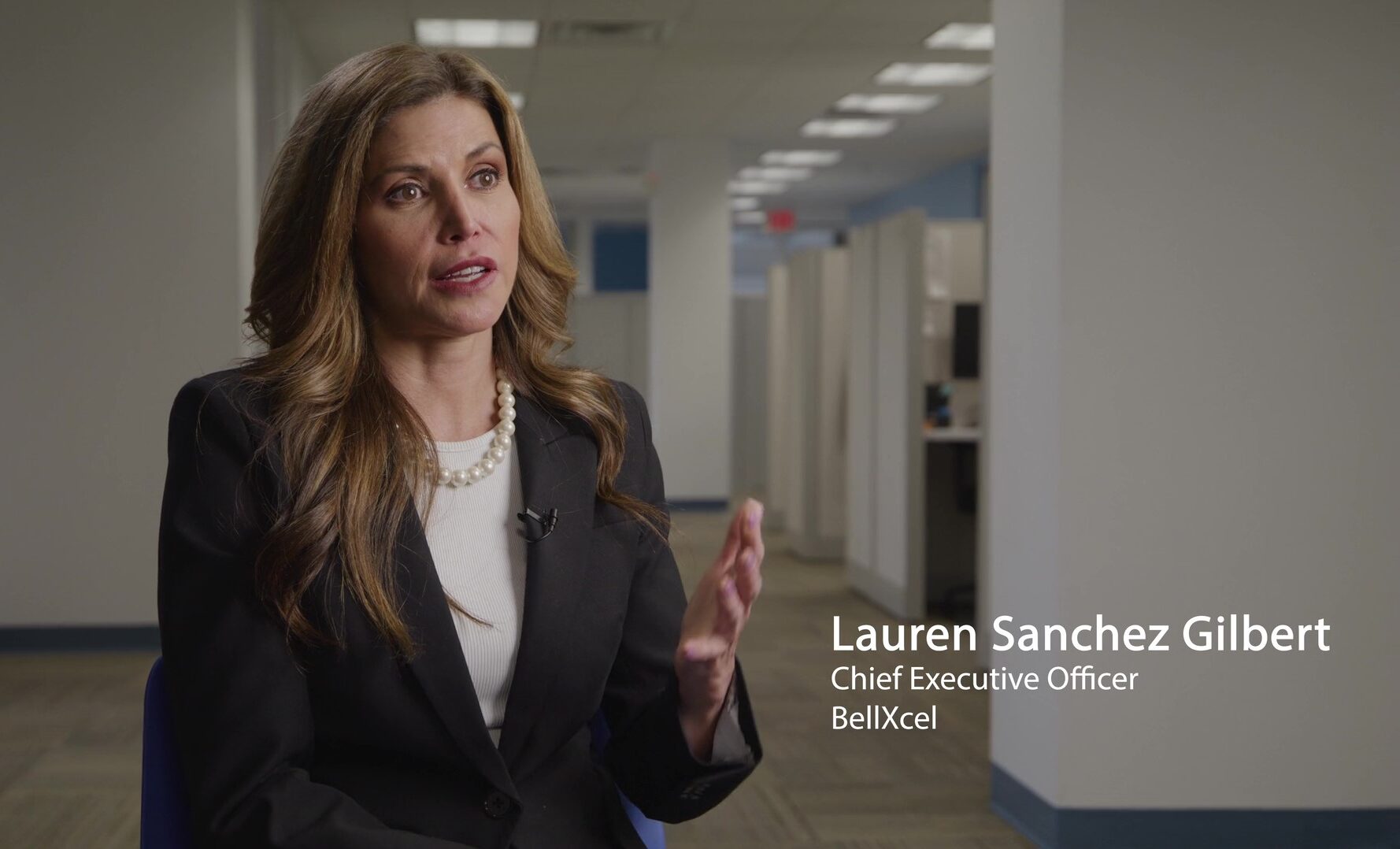Site reliability engineering (SRE), first developed by Google, is quickly increasing in popularity. For organizations that want to get started with SRE, Senior Consultant Daniel Tharp argues that you need to get started with observability, first. In this Tech in 2, he shares three tips to help you harness observability in SRE.
3 Tips To Harness Observability In SRE
Observability is the starting point for SRE, because you can’t quantify what you can’t measure. If your team wants to get started with site reliability engineering, it has to start with observability.
We have three tips for getting started with observability:
- Empower your developers with an ‘error budget’. This is a number that is set in collaboration between the team and leadership. What the error budget does, is it lets your developers iterate more rapidly by giving them pre-baked in downtime. Any sort of failure that may happen, we’ve already allotted a certain allowance for that.
- Make your alerts meaningful. A human being can only respond with a real level of urgency to an alert 2-3 times a day. If they’re getting alerted more than that, they’re going to get fatigued. They’re not going to treat it as urgently as it may deserve. If they’re getting alerted much more than that, then it may be worth investigating what’s going on with the alerts. If there’s something in there that doesn’t require any action and it’s just letting people know, then somebody shouldn’t get paged for it.
- Use the first two tips to automate away your problems. Once you start to see you’ve got observability and you have an understanding of your errors and your common failures, that’s going to give you the groundwork for fixing them through automation.
By following these three tips, you’re enabling your developers to work more confidently, develop more quickly, and to have the entire team much more in tune with the real health of their application.

zSpace Client Showcase
zSpace is a tech company that provides immersive learning experiences using virtual and augmented reality. In this client showcase, Jill Donnelly, Director of Strategic Initiatives at zSpace, discusses why they chose to work with Sparq (after interviewing over 20 potential partners!) and how invaluable our "team perspective" has been to their organization.

AI in UX
For Principal Consultant and UX Design Lead Joe Dallacqua, how to utilize AI in UX is a conversation he’s having every day. In this Tech in 2, Joe shares three ways he’s seeing AI help UX designers become not only more efficient, but more creative as well.

Personalization in Insurance
With so much data at their fingertips, insurers have an exciting opportunity to create a more personalized customer experience. In this Tech in 2, Client Partner John Suminski discusses how when data and the right technologies come together, this synergy can create highly personalized products and pricing.

BellXcel Client Showcase
BellXcel is a nationally-recognized nonprofit that empowers youth program providers with innovative solutions, services and resources that create meaningful impact. Learn how we partnered to build key functionality for the Arly platform, which has successfully reached over 100,000 scholars.
